SANSEVIERIA STAR
$1.50
Sansevieria kirkii, also identified as star sansevieria, is a snake plant variety that is a bit harder to find. It’s a fantastic indoor houseplant, but also provides an amazing outdoor gardening experience if you’re in the right climate. This succulent grows best in moderate or slightly filtered sun. Bright, indirect light will bring out the color in the leaves. Make sure it’s not exposed to full sun as that will damage the leaves and turn them yellow. While it can survive in shade, it’s not recommended.
Out of stock
GENERAL INFORMATION:
Sansevieria kirkii, also identified as star sansevieria, is a snake plant variety that is a bit harder to find. It’s a fantastic indoor houseplant, but also provides an amazing outdoor gardening experience if you’re in the right climate.
SANSEVIERIA STAR CARE
This sansevieria is an easy but slow grower, tolerant of a range of growing conditions. It takes a few years to mature and form offsets – identical daughter plants that grow on the body of the original, which you can then use to propagate.
This succulent grows best in moderate or slightly filtered sun. Bright, indirect light will bring out the color in the leaves. Make sure it’s not exposed to full sun as that will damage the leaves and turn them yellow. While it can survive in shade, it’s not recommended.
Make sure to place your Sansevieria kirkii plants in an average temperature environment; it will happily grow in temperatures ranging from 59 to 73°F. Your sturdy Sansevieria can also survive in temperatures as low as 50°F, but that is not the ideal temperature to expose your plants to for longer periods of time.
Make sure that you do not leave your Sansevieria kirkii in areas with temperatures below 50°F, as it cannot survive in cold atmospheres.
Water & Humidity
Allow soil to fully dry before watering again. Give it a deep and thorough watering, waiting until you see water dripping out of your container before you stop. Don’t allow standing water, and drain the saucer of any runoff.
Decrease your watering as you move into fall and winter as the plant grows slower.
Fertilizer
These are are low-maintenance plants that don’t require excessive additional feeding. In fact, excessive feeding will ruin the leaves of the plant! Just make sure to give your Sansevieria kirkii a weak, diluted feed of a general fertilizer once a month or after every three weeks during summer, as it puts out flowers and needs more energy during that time.
Pruning
Use a thin knife to prune and spruce up your mature plant to make it look fresh and brand new. Simply cut the longest leaves of the plant – they usually grow on the outer sides – at the soil line. You can use those cut up leaves to propagate via leaf cuttings.
Be the first to review “SANSEVIERIA STAR” Cancel reply
Related products
Uncategorized
Uncategorized
Uncategorized
Uncategorized
Uncategorized
Uncategorized
Uncategorized
Uncategorized

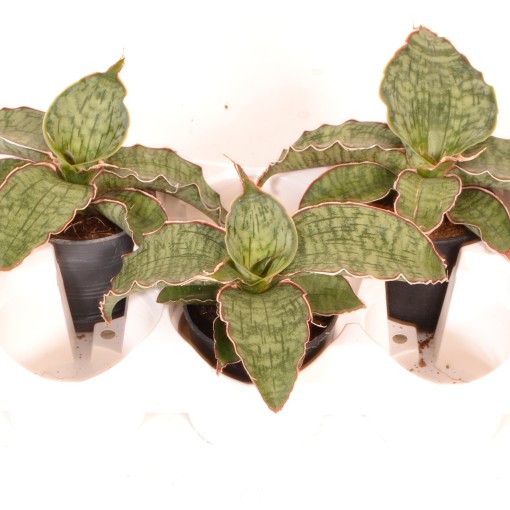

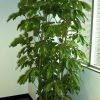
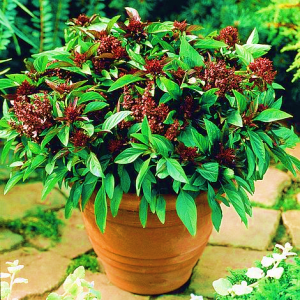


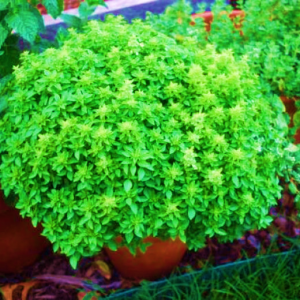
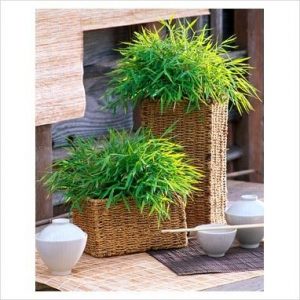
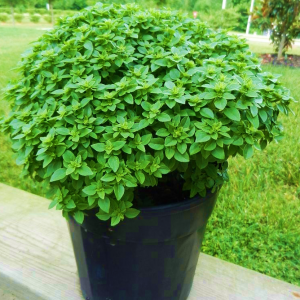
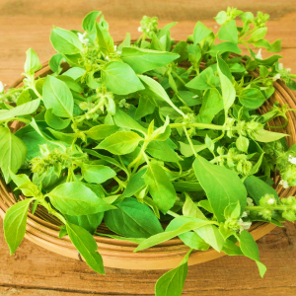
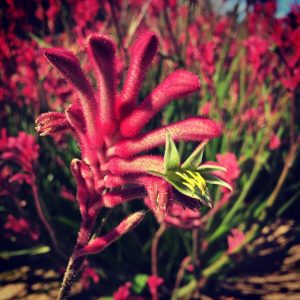
Reviews
There are no reviews yet.